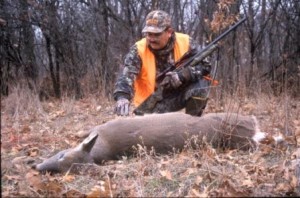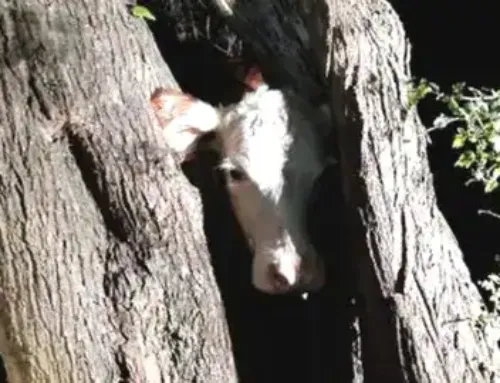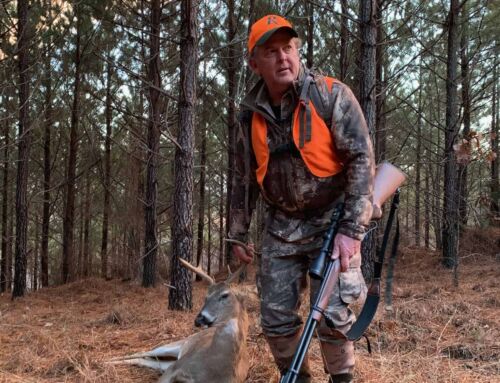 State biologists and experts with the National Deer Association have raised concerns about the too-low doe harvest in most corners of America.
State biologists and experts with the National Deer Association have raised concerns about the too-low doe harvest in most corners of America.
“From 2000 to 2015, doe harvest far exceeded buck harvest, sometimes by as much as 31%, but we haven’t seen a season like that in 10 years,” says Kip Adams, wildlife biologist and NDA’s Chief Conservation Officer. “Deer populations are strong and growing in most areas, so it’s critical we continue working to boost the doe harvest nationally.”
The NDA points to some states where hunters are not shooting enough does: Virginia, West Virginia, Kentucky, New York, Michigan, Wisconsin and Minnesota. Even in Texas, where people shoot more does every year than in any state, the harvest is down 15%. But it’s a concern everywhere.
Why Shoot Does
It’s foremost about habitat and nutrition, and how those relate to deer health. Did you know that a mature doe requires 6% to 8% of its body weight in forage every day? That’s 6 to 8 pounds of food daily for one 100-pound doe just to live and breathe. Obviously then, too many does can quickly degrade a habitat, and the overall health of a herd will suffer. When preferred forbs, foliage and browse become scarce, does, fawns and bucks will never express their full genetic potential, both body and antler wise.
Shooting does helps to balance a herd’s buck: doe ratio, and as a result lessen stress on the habitat and food sources. After a few good seasons of doe patrol, you’ll start to see heavier, healthier does, fawns and bucks, and better racks with more mass.
“Truth is, in the vast majority of the United States, hunters need to harvest more does,” says the NDA’s Adams. “Hunters need to shoot as many does as bucks, and more does in many cases.”
Bottomline: If you have doe tags, shoot at least one skinhead for the freezer this season, and two if it’s legal.






Leave A Comment